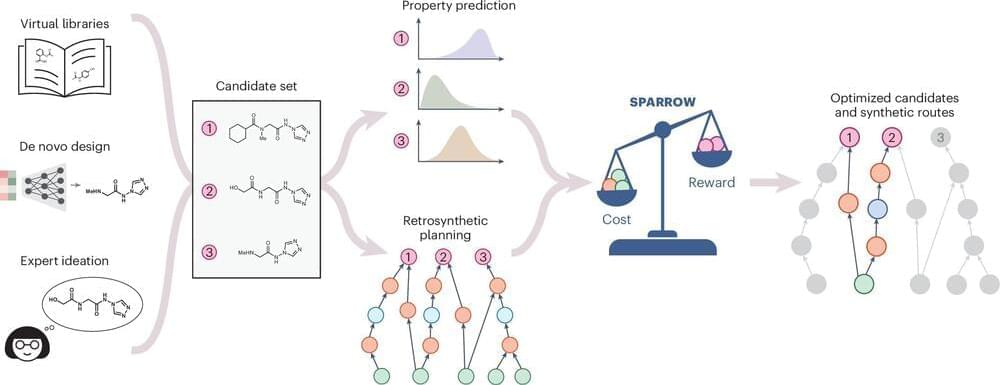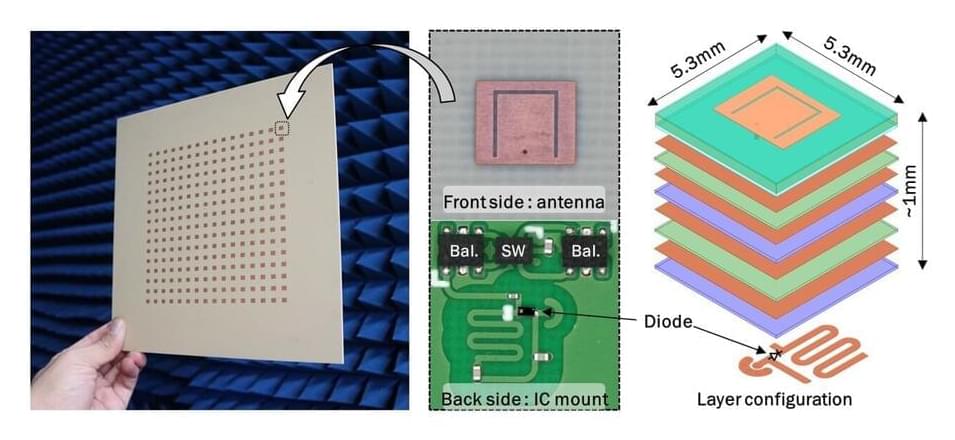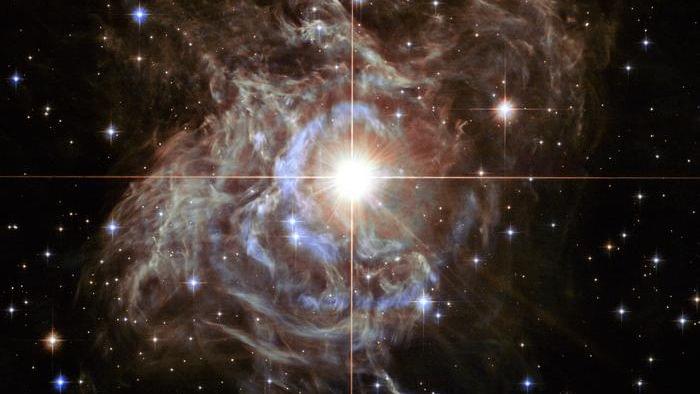Chinese researchers developed a photonic chip, the OPCA, capable of processing 100 billion pixels in 6 nanoseconds, revolutionizing high-speed image processing for edge AI applications.





Polish artist Piotr Wasniowski is a bit of a mad scientist. An expert in 3D printed clay, Wasniowski’s tool of choice is a “Gaia Multitool Polish clay 3D printer with cheap de-airing clay extruder with rotational nozzle,” for which he fabricates his own nozzles.
These variants allow him to print a variety of crazy textures.
Greg Fahy, Co-founder and CSO of Intervene Immune presenting at the Rejuvenation Startup Summit 2024.
Connect to Forever Healthy:
* Videos: https://forever-healthy.org/videos/
* News: https://forever-healthy.org/news/
* LinkedIn: / forever-healthy-foundation.


In a somewhat unexpected turn of events, the ongoing controversy surrounding Photoshop and Substance 3D developer Adobe has extended beyond negative social media comments and Twitter Community Notes and into real life, with the company getting sued by the US government on the grounds of the former’s questionable business practices.
The federal court complaint, filed by the Department of Justice following a referral from the Federal Trade Commission, alleges that Adobe has been harming its users by enrolling them in its default subscription plan without clearly disclosing important terms regarding the cancellation process, effectively making one’s attempt to cancel their subscription a massive pain in the back.

👉 Runway has introduced Gen-3 Alpha, a new AI model that offers significant improvements in detail, consistency, and motion representation in the generated videos compared to its predecessor, Gen-2.
Runway has introduced Gen-3 Alpha, a new AI model for video generation. According to Runway, it represents a “significant improvement” over its predecessor, Gen-2, in terms of detail, consistency, and motion representation.
Gen-3 Alpha has been trained on a mix of video and images and, like its predecessor, which was launched in November 2023, supports text-to-video, image-to-video, and text-to-image functions, as well as control modes such as Motion Brush, Advanced Camera Controls, and Director Mode. Additional tools are planned for the future to provide even greater control over structure, style, and motion.
Runway Gen-3 Alpha: First model in a series with new infrastructure
According to Runway, Gen-3 Alpha is the first in a series based on a new training infrastructure for large multimodal models. However, the startup does not reveal what specific changes the researchers have made.
Liquid neural networks, spiking neural networks, neuromorphic chips. The next generation of AI will be very different.
#ainews #ai #agi #singularity #neuralnetworks #machinelearning.
Thanks to our sponsor, Bright Data:
Train your AI models with high-volume, high-quality web data through reliable pipelines, ready-to-use datasets, and scraping APIs.
Viewers who enjoyed this video also tend to like the following:
You Don’t Understand AI Until You Watch THIS • You Don’t Understand AI Until You Wat…
These 5 AI Discoveries will Change the World Forever • These 5 AI Discoveries will Change th…
The Race for AI Humanoid Robots • The INSANE Race for AI Humanoid Robots.
These new AI’s can create \& edit life • These new AI’s can create \& edit life…
Newsletter: https://aisearch.substack.com/
Find AI tools \& jobs: https://ai-search.io/
Donate: https://ko-fi.com/aisearch.
Here’s my equipment, in case you’re wondering:
GPU: RTX 4,080 https://amzn.to/3OCOJ8e.
Mouse/Keyboard: ALOGIC Echelon https://bit.ly/alogic-echelon.
Mic: Shure SM7B https://amzn.to/3DErjt1
Audio interface: Scarlett Solo https://amzn.to/3qELMeu.
CPU: i9 11900K https://amzn.to/3KmYs0b.
0:00 How current AI works.